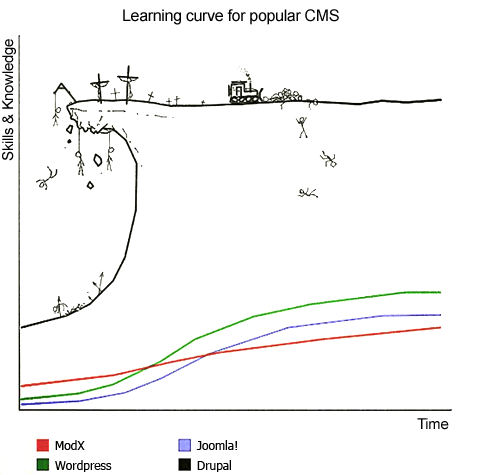Five people attended the March meeting of the Seacoast WordPress Developer‘s meetup, held at the New Hampshire innovation Commercialization Center near Pease in Portsmouth. We did a round of introductions and welcomed two new members and discussed what the group could focus on. We discussed the boundaries of CMS and Blogging and Wikis and how they overlap (A professional in education provided us with some great insights on how we think about some of these items), the challenge in finding consultants and clients, and how we can build up a network. We talked about potential agenda items: what should we schedule, what should we have in free-form.
I think an FAQ we ought to be prepared to answer is “What is it that WordPress is?” It’s less than obvious. “A blog” is the wrong answer, as that is a form of document, and not an application. “A CMS” is such a vaguely defined answer that it’s not much more useful than “an application.”
Other questions we started to explore, and possible future topics:
- What is it that others are looking for on the web?
- Good resources for learning WordPress: Codex, FAQ, books, etc.
- WordPress SEO
- WordPress Security
- Loop/structure of databases tables, templates
- Popular plugins
- WordPress Backup tips: data and files
- WordPress Community
Finally, Amanda presented her talk on building a plugin. She’d done some excellent research and used clear examples and explained them well. Here are the notes and slides posted to the new Seacoast WordPress Developer’s website, running WordPress, of course, and BuddyPress.
So, it was a great second meeting of the Seacoast WordPress Developer’s group. Stay tuned for more news. Thanks to Amanda for organizing the event, and to the New Hampshire Innovation Commercialization Center for providing the great facilities!
